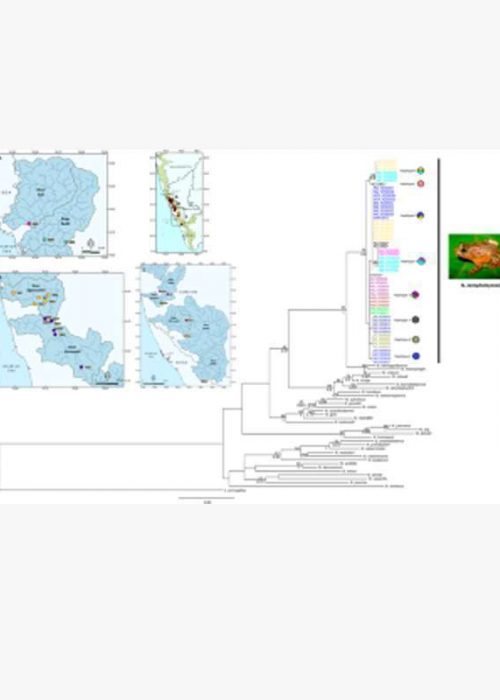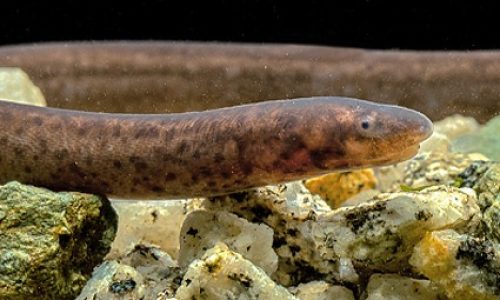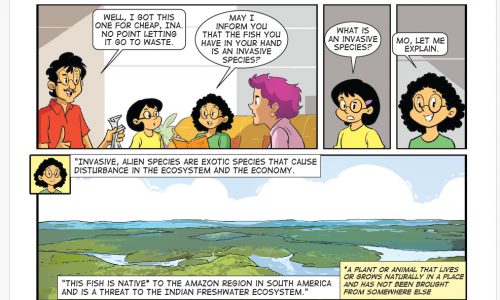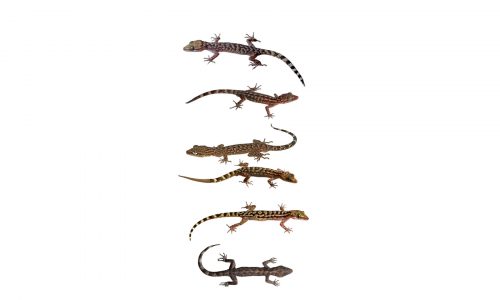Hebbar Priti, Anand Anisha, Thunga Pavankumar, Kotambylu Vasudeva Gururaja, Neelavar Anantharam Aravind & Gudasalamani Ravikanth
Conservation Genetics | September 7, 2023
Amphibians are one of the most threatened groups of vertebrates globally. For effective conservation, understanding the patterns and processes underlying amphibian diversity is essential. Studies of genetic diversity and structure among conspecific populations and closely related species can provide crucial insights for their conservation; however, such studies are limited in South Asian tropical areas with high anuran diversity. In this study, we investigated the genetic diversity and structure in a widespread endemic frog, Nyctibatrachus kempholeyensis from the Western Ghats, India. Both mitochondrial and nuclear markers were used to analyse the phylogeographical and population genetic structure at multiple geographic scales. At a broader scale, river basins appeared to be weak barriers and genetic variation was more influenced by geographic distance. At a regional scale, headwater specialization and poor dispersal capability of N. kempholeyensis influenced the apportionment of genetic variation. The conservation planning for this species should consider the increased divergence of peripheral populations as well as develop measures at the stream scale to improve the gene-flow among the populations. This is the first population genetics study on freshwater amphibians from the Western Ghats, India and the results of our study will provide important baseline data for the conservation and management of freshwater dependent amphibians from this region.









